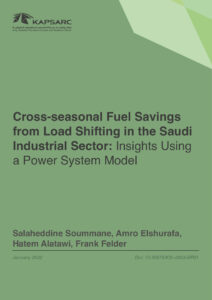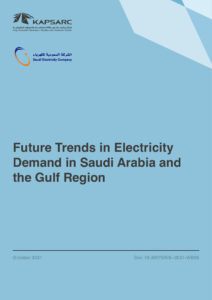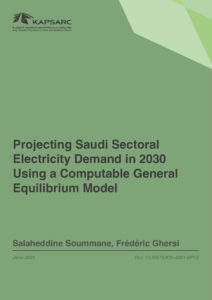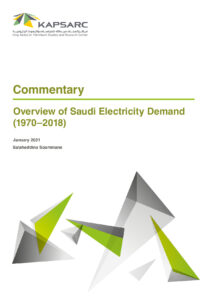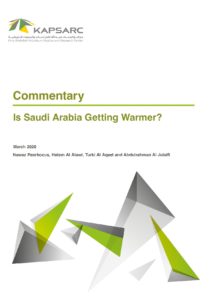Globally, the electricity sector accounts for the largest share (nearly 42%) of energy-related greenhouse gas emissions. This places the electricity sector at the heart of the energy transition strategy of many countries. Both the demand and the supply side of the electricity market require rigorous assessments to identify the appropriate policy options that can yield the maximum benefit for stakeholders. This project focuses on the demand side of the market. We will address the supply side in another project.
In economies such as US and Europe, the rate of electricity demand growth has largely decoupled from the rate of economic growth. In developing economies, such as India, the rate of electricity demand growth is still rising. In Saudi Arabia electricity demand growth is still increasing albeit at a lower rate than historically observed. Electricity demand in KSA grew at an annual rate of 5.6% between 2008 and 2012andslowed down to 2.6% between 2013 and 2017. The various factors determining potential demand growth or decline and the impact of energy efficiency on electricity demand growth in developing economies is not well understood (IEA, 2016). Understanding electricity demand growth is critical for public policy development. Uncertainty regarding electricity demand growth rates directly impact investment needs. The absorption of excess capacity in electricity markets could take at least a decade or more, potentially resulting in high economic costs and stranded assets. If demand is higher than expected and there is a lack of investment, high prices would place a huge economic cost on consumers, not to mention the risk of capacity shortage and security of supply. This project is therefore timely and relevant.

